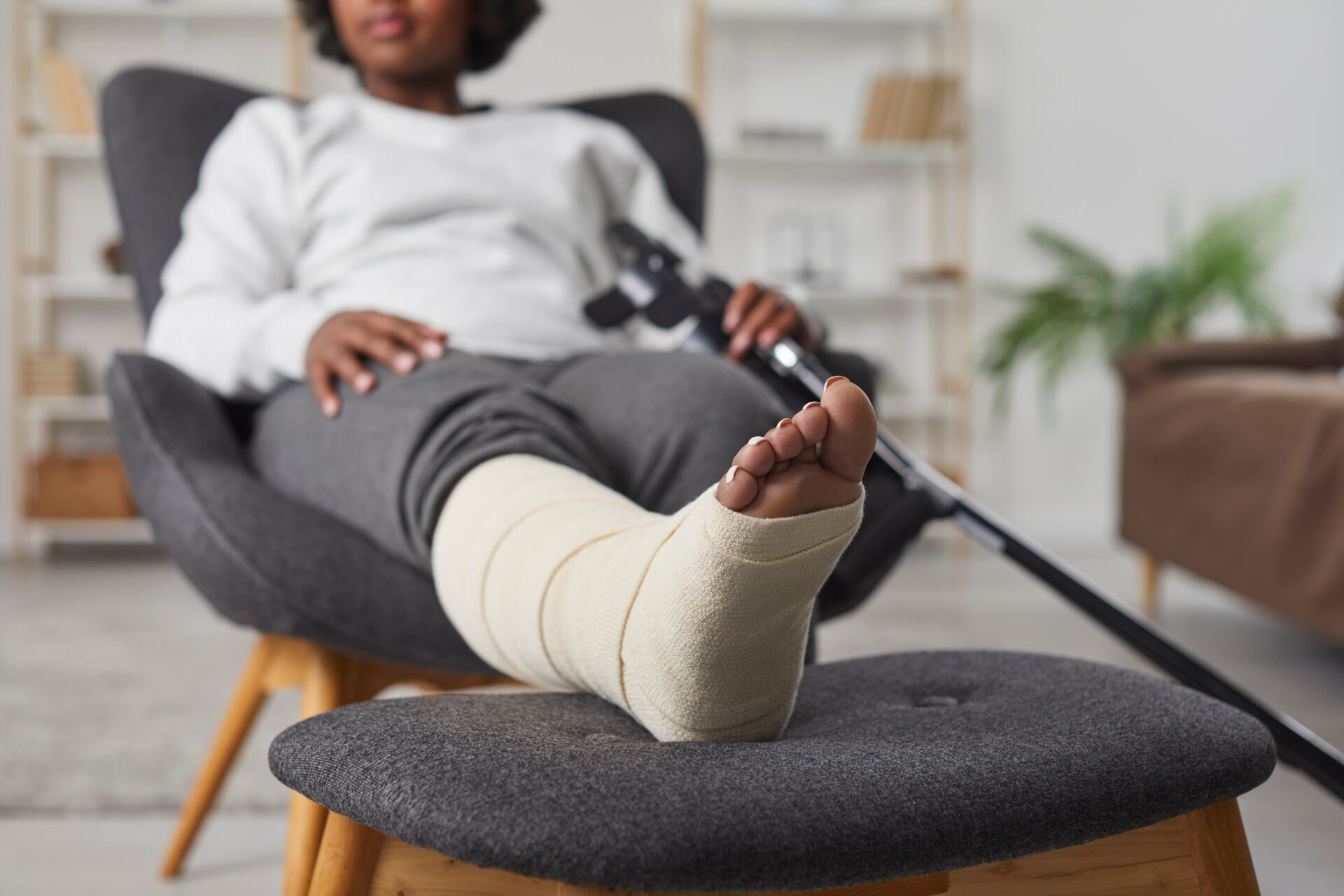What to Do When You Get or Witness a Fracture
Every type of fracture (broken bone) will require medical attention of some kind. If you’re not sure if the wound warrants a visit to the emergency room, it’s always best to play it safe and call 911. It’s important to get immediate medical attention if the injured individual is unresponsive or not breathing, is heavily bleeding, bones have pierced the skin, there are signs of numbness or bluish tints of the skin, or you suspect that there is a fracture to the neck, head, or back.
After calling 911, you can move onto performing CPR if there’s no breathing or heartbeat. Carefully apply pressure to the wounded area if there is any bleeding. Immobilize the injured area (but do not try to put the broken bone back into its place). Utilize ice-packs to help reduce swelling and provide some pain relief.
Types of Fractures
Fractures range from minor hairline fractures to severe breaks. When a fracture occurs, you will usually see bruising or swelling of the injured area. More severe fractures may cause deformity of the limb or the bone to break through the skin. If you notice these things, it is important to seek help right away. Common types of fractures include the following:
- Greenstick Fracture – A crack down the side of the bone that doesn’t go all the way through
- Complete Fracture – A fully broken bone
- Stress Fracture – A hairline fracture due to overuse of the bone
- Stable Fracture – A broken bone that is hardly out of place and doesn’t require realignment
- Open or Compound Fracture – A broken bone that breaks through the skin causing an open wound
- Transverse Fracture – A fracture with a horizontal fracture line
- Oblique Fracture – A fracture with an angled pattern
- Comminuted Fracture – A fracture that has broken the bone into three or more pieces
Diagnosing the Type of Fracture
To effectively determine the type of fracture, a doctor will first talk with you about the fracture or broken bone and how you got it. A physical examination of the wound may follow alongside diagnostic imaging tests. Where the fracture took place and whether it’s a minor or severe fracture will determine the type of tests that are administered.
X-rays, MRIs, and CT scans are common imaging tests that will be done to generate an accurate image of the fracture. An x-ray is used to find the exact location and type of fracture that you have. In some cases, an x-ray won’t be enough and a CT-scan or MRI may be administered to view the fracture even closer and in more detail.
These tests are critical in helping a doctor make an assessment of the damage, including the size, location, and type of fracture you have. With this information, a doctor can then provide accurate and personalized treatment suggestions for optimal recovery.













